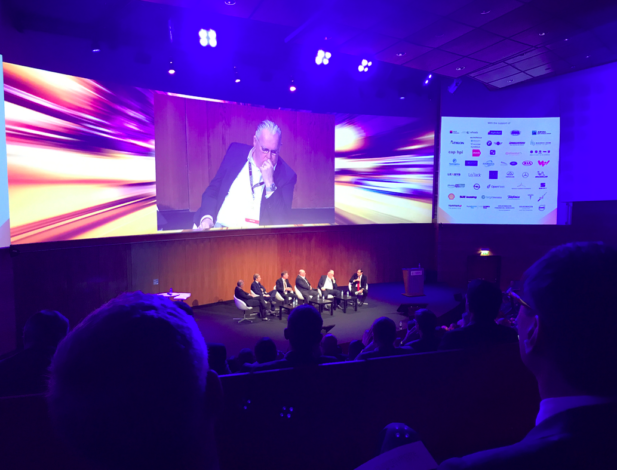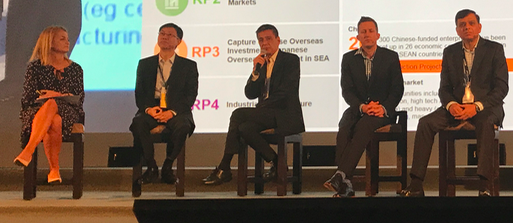
Today I was contacted by a speaker friend of mine, Joanne Flinn, who asked if I wanted to support an initiative. She wrote: “Promoting excellence in speaking and diversity in voice, Keynote, the directory for Women Speakers in Asia is being launched 7th Dec by Primetime, the professional women’s association here in Singapore.”
The initiative is about getting more women onto stages as speakers and panelists, and she asked if I would support it.
I said I would love to!
She said there were three levels that I as a male speaker could support them:
1 NICE: Say: it’s fair and the right thing to do
2. SHOULD: it brings broader perspective. It’s time for biases and glass ceilings to go.
3. MUST: This is critical and much needed. This is a must.
She then said: “In Australia, there is 3++. Some men are pledging ‘I won’t appear on a panel/platform solely comprising men.’”
I replied: “What would a 4. or a 5. be if you had one? ” (Because I really wanted to support this initiative.)
She came back to me and said:
“4. PUTTING MY MONEY WHERE MY MOUTH IS: Yes, I’ll offer my spot. Place and pay competent women as you do competent men on panels and platforms. Ask me, I’ll refer.
5. BACKING THIS WITH TIME AND COMMITMENT: This is a must. I’m mentoring women to make this happen.
So I became a 5.
I have now offered to mentor, for free, any woman who is part if this initiative because I think it is crucial that we get more diversity on the stages of our conferences.
And I also pledged that: “From now on, if I am asked to sit on a all-male panel I will give up my seat so they can find a woman instead, and I will happily help them find her too if they don’t know where to look. More women on stages will, in a small but symbolic way, help set the stage for more women in leadership positions over all.”
Is there a problem that there is such a over-representation of men on conference stages?
As a father of two daughters I think it is. I want them to grow up in a world where men and women who are experts on a topic both get selected to be on stage.
I am happy to be part of this initiative and hope it will create a much needed change of better diversity at conferences.
(Picture from a panel discussion at the convention in Lisbon where I am speaking today. All middle aged white men. As a middle aged white man I rather play a tiny little part of the solution than to just be part of being the problem…)

